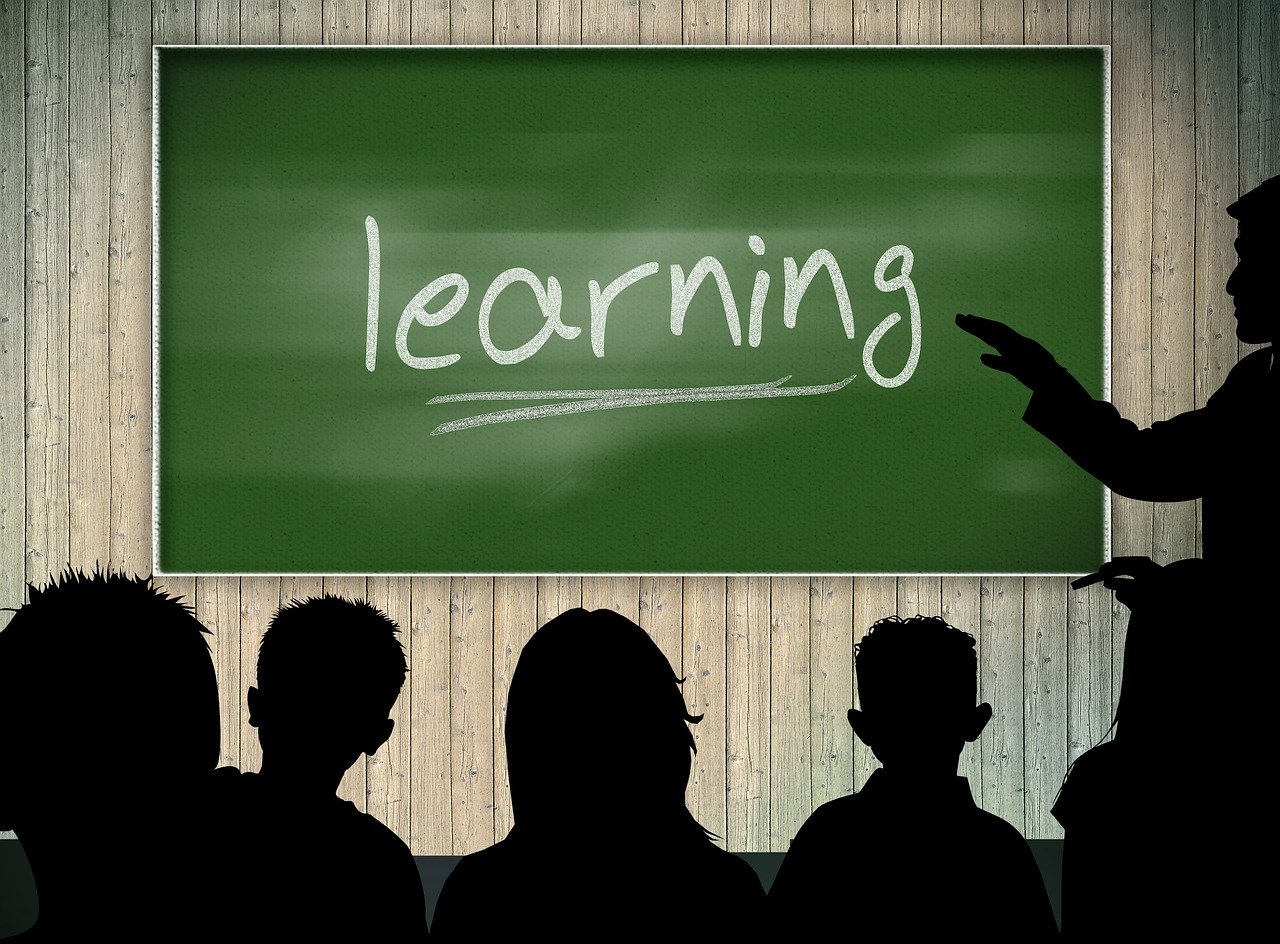Employing the right instructional approaches in the classroom can greatly impact student motivation, engagement and academic achievement. Research points to specific methods that leverage how the mind learns best. Here are 4 highly effective evidence-based teaching strategies:
1. Active Learning
Active learning engages students directly in the learning process through meaningful activities, rather than passive listening. Examples include:
– Think-pair-share – Students ponder a question, discuss ideas with a peer, and share with the class.
– Role-playing – Acting out scenarios connected to course concepts. For example, a Shakespeare scene.
– Debates – Arguing different perspectives reinforces critical thinking and public speaking skills.
– Hands-on labs – Applying concepts through experiments and demos brings lessons to life.
– Interactive technology – Tools like poll questions, quiz games and virtual manipulatives promote participation.
– Peer teaching – Students gain confidence and consolidate knowledge by presenting class tutorials.
– Discussion – Facilitate dialogue prompting analysis, evaluation and sharing of ideas.
The benefits of active learning include:
– Improved critical thinking abilities
– Increased engagement and motivation
– Development of teamwork and communication skills
– Ability to apply knowledge in meaningful contexts
– Greater knowledge retention through multi-sensory experiences
2. Scaffolding
Scaffolding involves providing extensive guidance early on then gradually releasing responsibility to students as skills develop. The teacher models processes step-by-step then provides supportive frameworks for independent practice until the learner can demonstrate mastery on their own.
Types of scaffolds include:
– Activating prior knowledge through review
– Visual aids like concept maps
– Think-alouds modeling problem-solving processes
– Sentence starters and outlines for writing
– Graphic organizers highlighting key information
– Collaborative tasks with mixed ability grouping
– Multiple examples demonstrating concepts
– Guiding questions for reasoning through difficulties
Scaffolding allows students to achieve skills beyond their current level through temporary support structures tailored to needs. It develops autonomous, confident learners.
3. Explicit Instruction
Explicit instruction involves direct, structured, teacher-led lessons teaching skills systematically. This contrasts with exploration-based learning. Core components include:
– Clear statements of learning objectives
– Explanation and demonstration of the new skill or concept
– Guided practice with feedback until students achieve mastery
– Independent practice for reinforcement
– Discussions, questioning and summaries solidifying knowledge
Explicit instruction is beneficial for teaching foundational skills and information. The step-by-step demonstrations allow students to internalize new material efficiently. It provides clarity for essential concepts students must master before progressing.
4. Cooperative Learning
Cooperative learning has students collaborate in small groups to accomplish shared goals. Group tasks apply key concepts and develop interpersonal skills. Features include:
– Positive interdependence – contributions of all members are crucial to success.
– Individual accountability – each student must demonstrate understanding.
– Collaborative social skills – communication, leadership, conflict resolution.
– Self and peer assessment – reflection within groups.
Cooperative learning promotes deep learning as students verbalize concepts to teammates, debate ideas, jointly problem solve, and present conclusions. The diversity of perspectives heightens critical analysis. It also fosters teambuilding skills valuable in adult workplaces.
Careful implementation of these four research-backed strategies – active learning, scaffolding, explicit instruction, and cooperative learning – allows teachers to maximize student achievement and unlock potential. The blend encourages participation, comprehension, developmental progression, purposeful practice and multifaceted proficiencies.








